Hi Artaud,
> I played a little with mesh angles, and yes, it works.
Great! Hopefully this should get handled better more automatically a bit later on in v2.
> Regarding rail revolve, I encountered the problem working on
> a violin.
> The first picture is an example of a rectangle revolving on a spiral
> in MoI, while the second is the same operation made in Rhino.
I see, that is an interesting way to think of Rail Revolve for that!
Normally the rail revolve type function is more intended to produce something more similar to a simple revolve but kind of stretching it out to match the path curve.
Here are some examples:
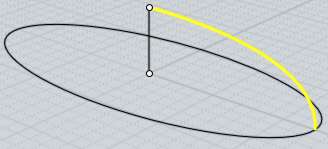
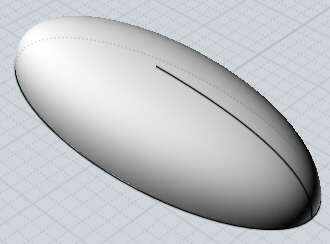
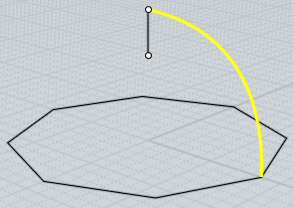

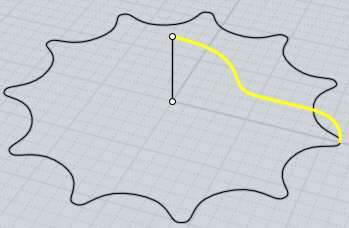
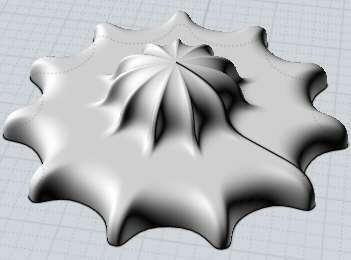
The kind of thing you are showing where the profile kind of drags out along a path is normally something that is more the job of the Sweep command rather than Rail revolve.
You should be able to get what you need there in MoI currently by using the Sweep command, but you have to orient it along the z axis direction and use the "Twist:Flat" option, like this:

It is slightly different though, one side effect of the rail revolve is that the profile shrinks in size as it approaches the revolve axis, that is due to the way that Rail Revolve generates its result by applying a kind of scale factor to the shape.
I'll take a look and see if rail revolve can be tuned up in moi v2 to do the same as Rhino though.
> I was speaking simply about deformation tools for single curves (bend, twist).
I see - that is definitely easier than for polysurfaces, but it still might take a while before I'm able to get to this area even for curves. For a while you'll need to move things into Rhino for doing these deformation tasks.
I'm glad that you're enjoying using MoI!
Have you had a chance to try version 2.0 yet? There is quite a lot of new stuff there as well... Some notes here:
http://kyticka.webzdarma.cz/3d/moi/doc/V2releasenotes.html
and for the most recent release here:
http://moi3d.com/forum/index.php?webtag=MOI&msg=2170.1
- Michael